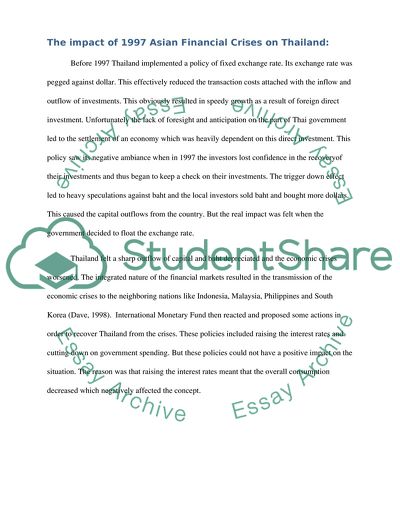Cite this document
(“Thailand the Struggle for Success Essay Example | Topics and Well Written Essays - 1250 words”, n.d.)
Thailand the Struggle for Success Essay Example | Topics and Well Written Essays - 1250 words. Retrieved from https://studentshare.org/tourism/1593397-thailand-international-political-economy-case-study-of-thailand
Thailand the Struggle for Success Essay Example | Topics and Well Written Essays - 1250 words. Retrieved from https://studentshare.org/tourism/1593397-thailand-international-political-economy-case-study-of-thailand
(Thailand the Struggle for Success Essay Example | Topics and Well Written Essays - 1250 Words)
Thailand the Struggle for Success Essay Example | Topics and Well Written Essays - 1250 Words. https://studentshare.org/tourism/1593397-thailand-international-political-economy-case-study-of-thailand.
Thailand the Struggle for Success Essay Example | Topics and Well Written Essays - 1250 Words. https://studentshare.org/tourism/1593397-thailand-international-political-economy-case-study-of-thailand.
“Thailand the Struggle for Success Essay Example | Topics and Well Written Essays - 1250 Words”, n.d. https://studentshare.org/tourism/1593397-thailand-international-political-economy-case-study-of-thailand.


